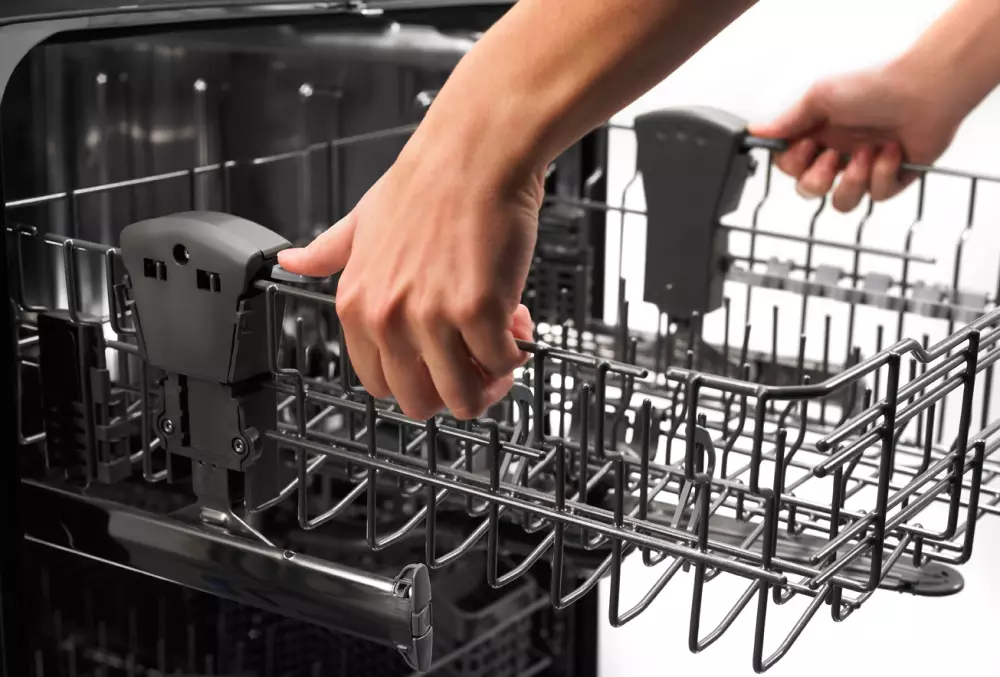How to Clean Your Walls: Transform Your Space and Have a Spotless Home
Although cleaning walls is often neglected, it's a vital undertaking that significantly impacts a room's overall appearance and hygiene. Over time, walls can accumulate dust, cobwebs, and unsightly stains, creating an uninviting atmosphere. However, implementing effective cleaning methods can help to quickly rejuvenate and enhance the aesthetic appeal of your living space. You can effortlessly sustain a hygienic and inviting home environment by integrating regular wall cleaning into your cleaning regimen.
If you're short on time or prefer to delegate household chores, you may want to consider engaging a professional cleaning service in Melbourne to handle the task of cleaning your house for you.
When cleaning our homes, we often focus on visible areas such as floors, countertops, and furniture. We tend to forget about the walls and only consider cleaning them when we must recognize a large stain or mark.
However, keeping walls clean is as important as cleaning the rest of the house. Dirty walls can make an otherwise clean and tidy room dull and uninviting.
Additionally, walls are a barrier against pollution, dust, and cobwebs, making them prone to stains and marks over time. Various elements can contribute to an untidy appearance, from pet hair to greasy fingerprints.
While repainting the walls may seem easy, it can be optional. With some basic guidelines and tools, you can easily clean your walls and give your home a fresh look.
This article will guide you through different wall-cleaning techniques and the supplies needed to keep your walls spotless.

What You'll Need
Instructions
1. Dust your walls to remove excess dust
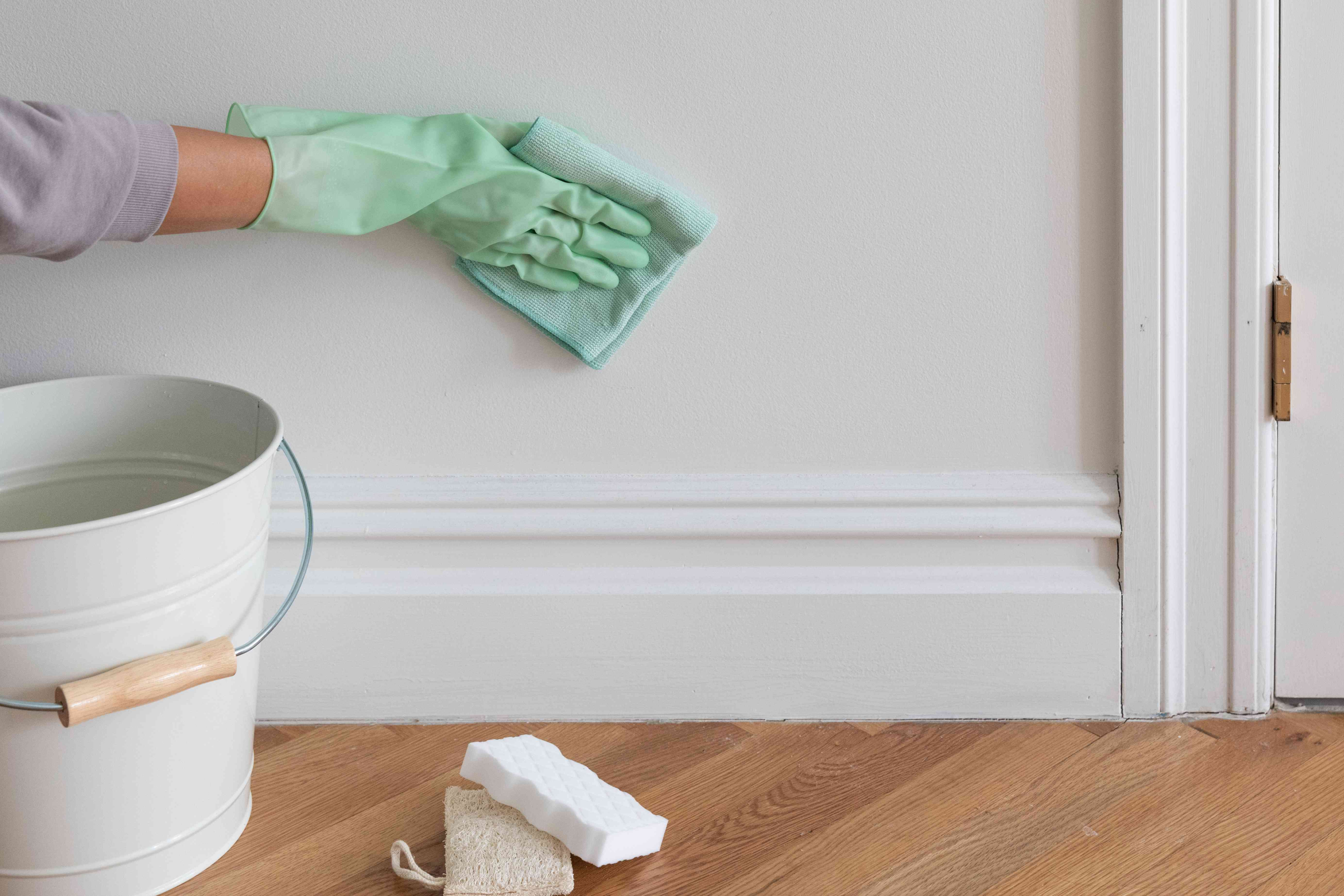
Before cleaning painted walls, removing any excess dust is important to avoid spreading dirt around. For areas that are easily accessible, use a lint-free cloth. Use a soft broom covered with a cloth or a dust mop, if possible, for high places. If there are no stains present, it'd be great if you are okay with dusting your walls.
2. Clean your painted walls
Cleaning your painted walls is an essential part of maintaining a clean home. However, different types of painted walls require other cleaning methods. Whether you have flat, satin, or glossy painted walls, it's essential to use the appropriate cleaning techniques to ensure they look their best.
a. How to clean flat-painted walls
Please be careful to clean flat and satin-painted walls since they are not very durable. Do not use degreasers or harsh chemicals, and avoid scrubbing too forcefully.
Wet a sponge with water and wring it out until it is nearly dry. Clean the walls by rinsing and wringing the sponge to eliminate dirt or grime. Dry-clean the walls using a microfiber cloth.
b. How to clean glossy-painted walls

Cleaning glossy-painted walls requires a gentle approach to avoid scratches, even though this paint is more durable. Please don't use abrasive cleaning tools.
Prepare a cleaning solution by adding a small dish soap to warm water. Soak a sponge and squeeze it until it's barely damp. Wipe the walls gently with the wet sponge. Finally, dry the walls with a microfiber cloth to prevent moisture damage.
c. How to clean latex-painted walls
Cleaning latex-painted walls is easy as the paint is highly resilient and can be effectively cleaned with a non-abrasive all-purpose cleaner. Dip a clean sponge in the cleaning mixture and some warm water to clean the walls.
d. How to clean oil-based painted walls
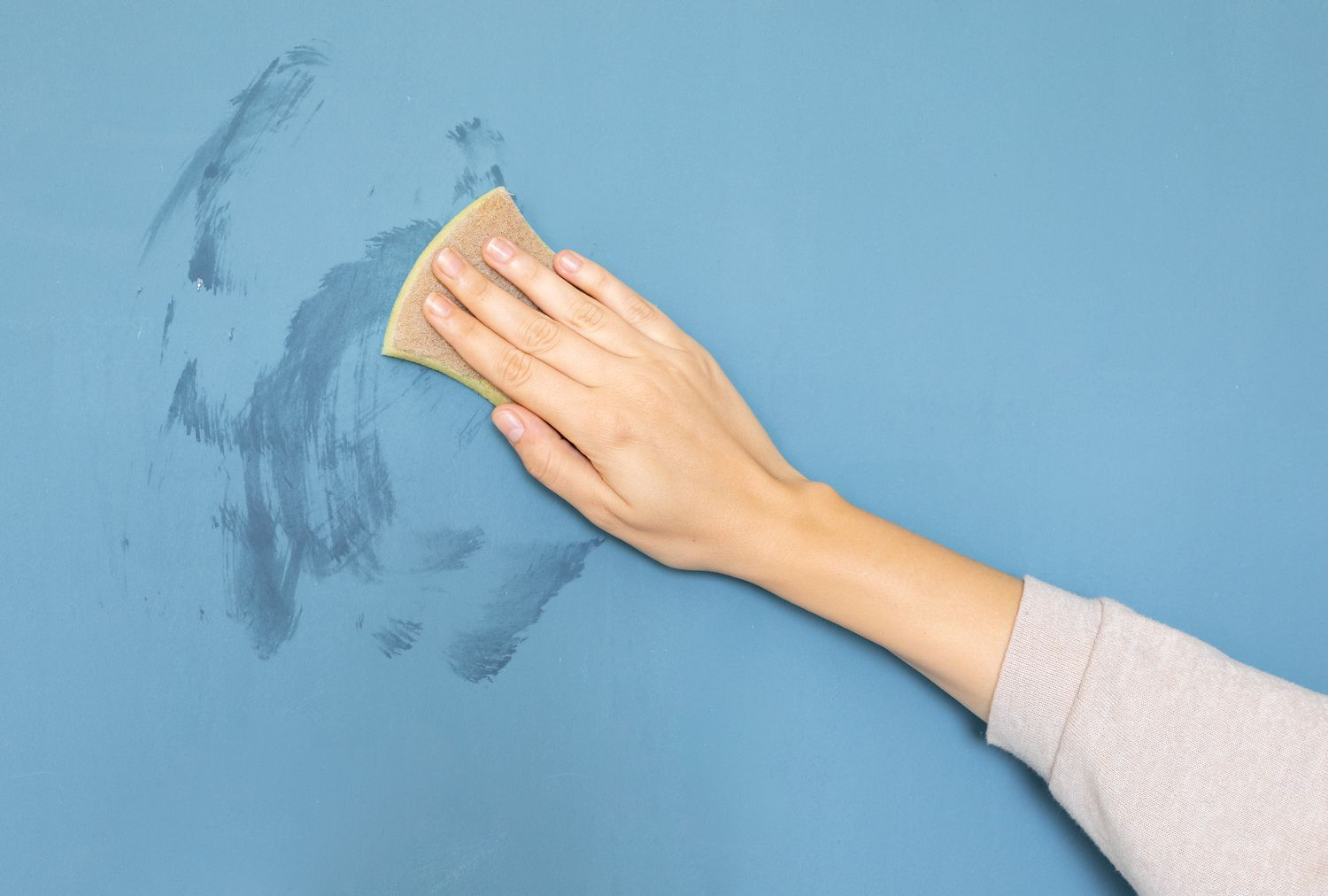
To thoroughly clean textured walls painted with oil-based paint, clean along any raised edges.
Mix 1 tsp of liquid dish soap and 1/4 tsp of white vinegar into 1 liter of warm water to clean walls covered with oil-based paint. Use a sponge dipped in the cleaning solution to clean the walls and a microfiber cloth to dry them afterward. If the area is stained, allow the mixture to sit for 10 minutes before wiping it away.
3. Remove stains from your painted walls
Grease stains from painted walls can be removed effectively by creating a paste of baking soda and warm water. For gentle cleaning, use a non-abrasive pad or sponge.
If the stain persists, try diluting white vinegar and applying it to the affected area. For more stubborn stains, use a rag lightly dampened with rubbing alcohol.
4. Clean walls with other materials
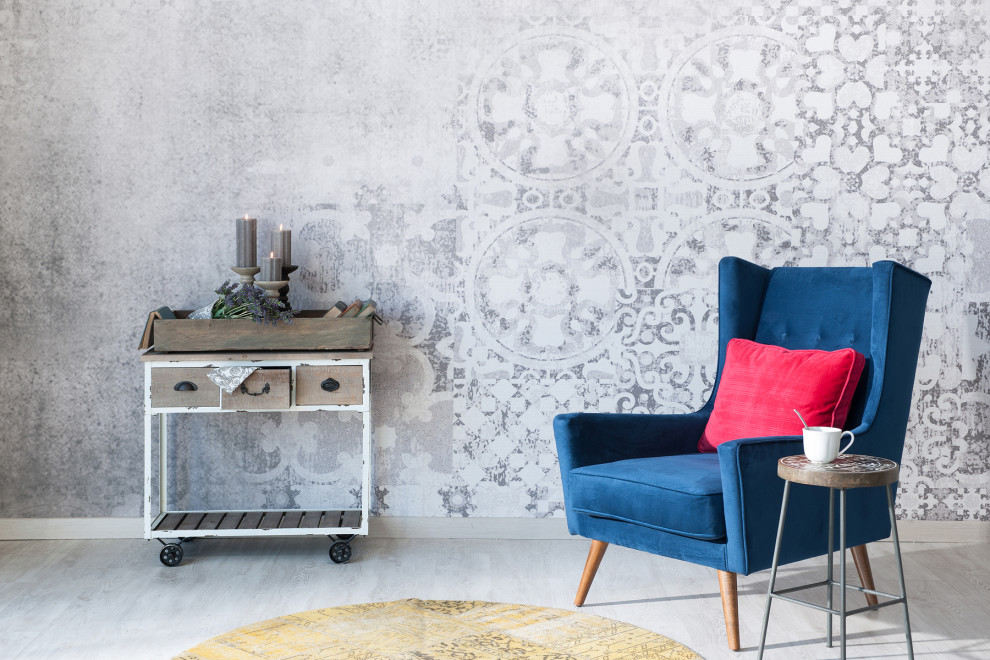
While paint is a popular choice for wall finish, other materials can create different effects. To keep specialized wall finishes looking their best, it's essential to know how to clean them properly.
Here are some tips on how to clean different types of wall finishes to maintain their unique appearance.
a. How to clean wallpapered wall
Cleaning wallpapered walls requires a delicate touch to avoid damaging the finish and potentially replacing a large wallpaper section. To prevent scratches or scuffs on your wall, it's essential to steer clear of abrasive cleaners and rough cloths during the cleaning process.
Typically, keeping wallpaper clean is as simple as lightly dusting it. However, a gentle gum eraser approach is recommended for stubborn scuff marks or smudges. Alternatively, you can use a dry cleaning sponge from a hardware store to gently remove marks without damaging the wallpaper.
b. How to clean stone walls
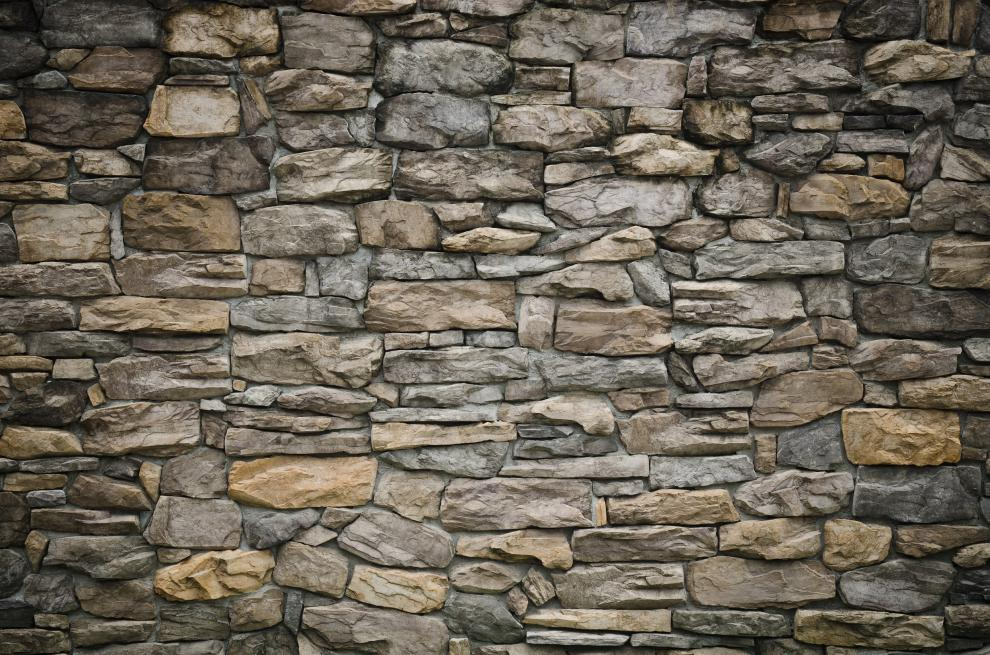
Avoiding acid-based cleaners such as vinegar is essential when cleaning walls with natural stone finishes like granite, sandstone, or limestone. Instead, opt for stone soap or a mild dish detergent to protect the integrity of the stone.
Mix a few drops of dish soap with warm water to clean the walls, and dip a soft sponge or cloth into the cleaning solution. Carefully wipe the walls clean and promptly dry the surface to prevent moisture from penetrating the stone.
c. How to clean brick walls
To initiate the cleaning process of brick walls, mix warm water and white vinegar in equal amounts in a spray bottle. Gently spray the cleaning solution on the bricks and let it sit for a few minutes. Then, take a sponge mop and start cleaning the walls.
If you encounter stubborn scuffs on the walls, you may use a soft-bristled scrub brush instead. Another option is to make a cleaning solution using half a cup of baking soda with 2-3 tablespoons of dish soap. Spread the mixture over the brick surface and leave it for 5-10 minutes before scrubbing it off. Finally, wipe away any leftover residue with a damp cloth.
d. How to clean tile walls
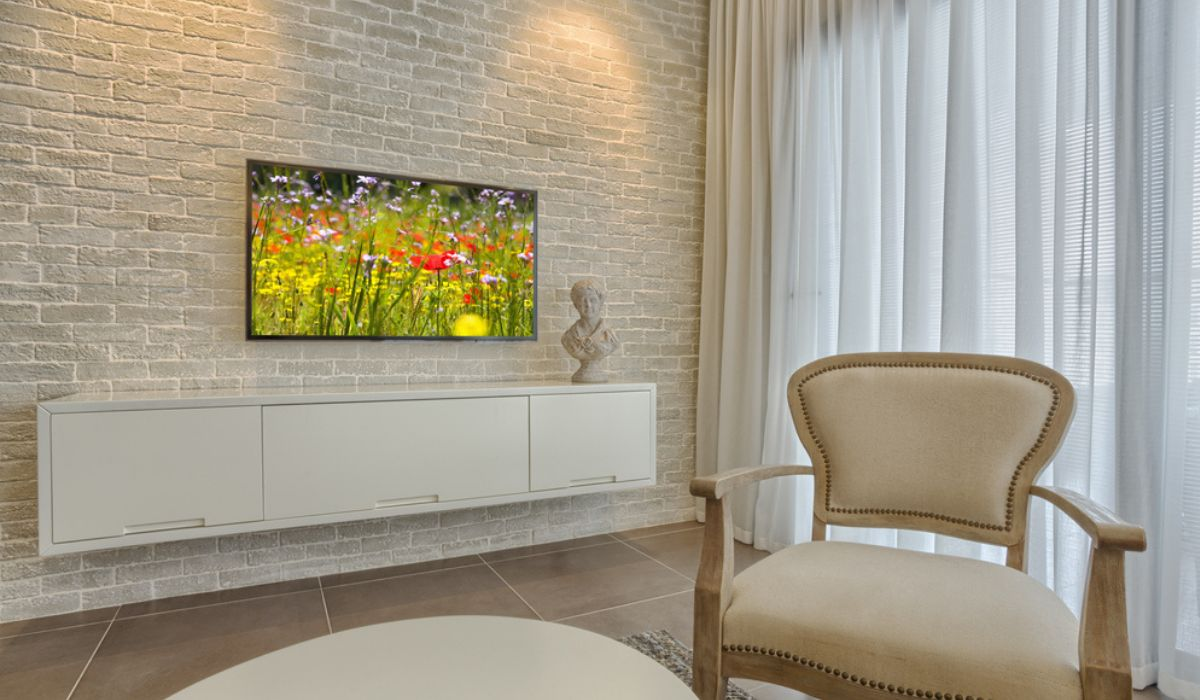
To clean ceramic and porcelain tiles, create a cleaning solution by mixing half a cup of white vinegar with one litre of warm water and then transferring it to a spray bottle. Spray the key on the tiles and gently wipe them with a damp, soft cloth.
On the other hand, cleaning marble tiles is a simpler process, as it only demands warm water and a microfiber cloth. In the event of accumulated dirt, a few drops of liquid dish detergent can be added to the water.
Remember to also clean the tile grout after washing the tiles.
e. How to clean linoleum walls
Cleaning linoleum and vinyl walls is a breeze due to their durability and waterproof nature. You only need soapy water and a soft-bristled scrub brush to clean them. Dip the brush into the cleaning solution and gently scrub the surface, then rinse with clean water and a damp microfiber cloth.
f. How to clean Cement Walls
Cement walls with their industrial and modern appeal, can be a striking feature in any home. There are many benefits of microcement, however their porous nature means they can absorb stains and accumulate dust more readily. To maintain their rugged beauty, regular cleaning is essential.
Start by gently dusting the walls to remove surface dirt. For deeper cleaning, use a mild detergent diluted in water. Apply the solution with a soft sponge, working in sections. Avoid using harsh chemicals or abrasive tools, as they can damage the cement's texture. For stubborn stains, a mixture of baking soda and water can be effective. Apply the paste, leave it for a few minutes, then gently scrub and rinse.
Always finish by drying the wall with a soft cloth to prevent watermarks. This method will help preserve the unique character of your cement walls while keeping them clean and inviting.
g. How to Clean White Walls
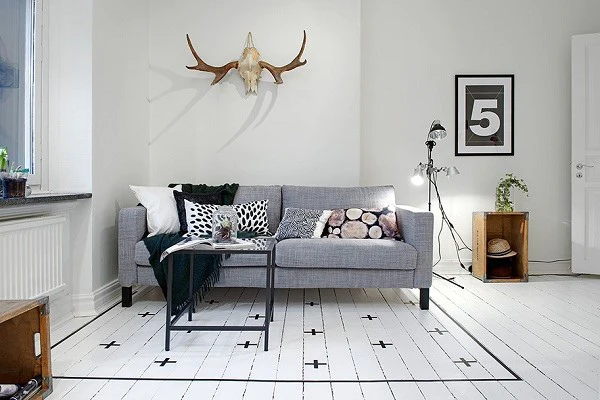
White walls can be a bit finicky as they tend to show stains and scuff marks more prominently. Additionally, they require frequent dusting to prevent a dull and dirty appearance. However, they are easy to clean.
You can wipe away dirt with warm water and dish detergent to clean white walls. Alternatively, use a baking soda paste and warm water, then wipe it off with a damp sponge. Another option is to freshen the wall surface with an all-purpose cleaner or magic eraser.
5. Clean Walls with Sugar Soap
Sugar soap, despite its name, is not a sweet substance but a granulated cleaner that looks like sugar. It can be an effective option for cleaning walls and other surfaces regularly.
Before using sugar soap on your walls, it's always wise to perform a patch test on an inconspicuous area to ensure that it does not cause any harm to the surface. To create a cleaning solution, mix one tablespoon of sugar soap with one liter of water, and apply it to your walls using a soft sponge.
Wear gloves to avoid direct contact with the solution. Then, use a fresh sponge and clean water to remove any residue.
6. Remove stubborn stains from your home walls
Revamp your home walls with a simple trick to clean wall stains. Create a paste by combining 1/4 cup of baking soda with 1 tbsp of warm water. Using circular motions, apply the paste onto the stain with a clean cloth. Afterward, rinse off the residue with a damp cloth or warm water.

Make Routine Wall Cleaning a Habit for a More Beautiful Home
Routine wall cleaning can transform your living space and make your home look spotless.
With the proper techniques and cleaning products, you can effectively clean walls of various materials such as wallpaper, stone, bricks, tiles, linoleum, vinyl, and white paint.
Following the tips and methods outlined in this article, you can keep your walls looking fresh and clean for years. So, add wall cleaning to your cleaning routine and enjoy a beautiful, clean home.
You can also enhance the ambiance of your living room with our ultimate how-to guide, offering expert advice on how to clean and revitalize your living space for a refreshing atmosphere.
FAQs
How often should you clean your walls?
It depends on a few factors, such as foot traffic, cooking activities, pets, and smoking habits in your home. Generally, cleaning your walls once every six months to a year is a good idea. However, if you notice visible dirt, stains, or scuff marks, you may need to clean them more frequently.
Why should you clean your walls?
Cleaning your walls makes your home look cleaner and fresher and can also help maintain indoor air quality. Walls can accumulate dust, dirt, pet dander, and other allergens. Regular cleaning can help reduce these particles, benefiting people with allergies or respiratory issues.
Can you use bleach to clean walls?
While bleach can effectively remove mold or mildew on walls, it's not recommended for regular cleaning. Bleach can be too harsh and may damage or discolor some wall finishes. It's best to stick with mild cleaning solutions such as soapy water, vinegar, or specialized cleaners for specific wall materials.
